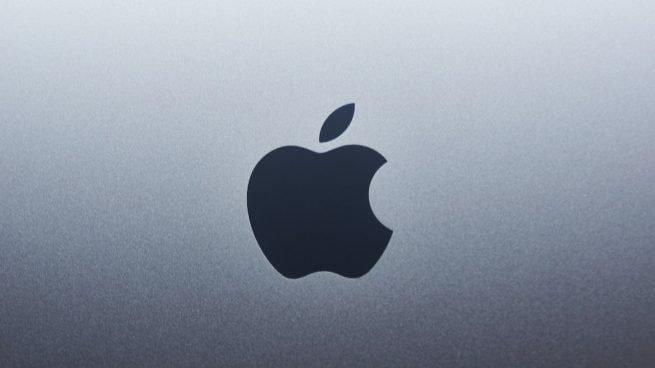The rumors for this year’s WWDC came in the final hours leading up to the event, with news of new hardware and, software for developers to help prep the release of consumer updates in the fall.
As the iOS team leads at iphtechnologies.com, I thought it would be useful to write a quick post sharing some of my initial reactions to all the new announcements.

Highlight of Apple New Feature in WWDC-2017
HomePod:
It turns out Apple wasn’t quite aiming its smart speaker to go against just Amazon Echo and Google Home, but also the Sonos home entertainment speakers, Called the HomePod.
What was most interesting to me was that Siri was totally underplayed, and instead, it was the musical and audio capabilities of the speaker that were highlighted. It also has a Musicologist feature that works with Apple Music to stream the music you ask the speaker’s built-in Siri to play. You can even ask more complex, music-related questions like “Who’s the drummer in this song?” or “What album came out on this day 20 years ago?”
iMac Pro:
Apple’s introducing updated iMac desktops with improved Retina displays, graphics boosts, Kaby Lake processors, and USB-C. They will also support graphics for VR content creation. iMac Pro that will be available in December 2017.
iOS 11:
iOS 11 was announced and beta 1 is already available for download. There were several features that peaked my interest.
Drag and Drop
Perhaps the most exciting iOS enhancement for me was the introduction of drag and drop to the iPad. You can now drag and drop things from one place to another, whether it’s a single app, or even across separate apps!
ARKit

Just as Lauren Goode predicted, Apple introduced a new ARKit to let developers build augmented reality apps for the iPhone. The kit can help find planes, track motion, and estimate scale and ambient lighting. Popular apps like Pokémon Go will also use ARKit for improved real-time renders.
Xcode 9:
This year, Xcode 9 was announced, and it represents a huge update with a lot of major changes, we’re all going to love.
New Editor
Xcode 9 has a brand new Source Editor, entirely written in Swift. In the new editor, you can use the Fix interface to fix multiple issues at once. Also, when mousing around your projects, you can hold the Command key and visually see how structures in your code are organized.
Refactoring
IH’ve been excitedly anticipating Xcode’s ability to refactor Swift code for as long as Swift has been a thing. IDE-supported refactoring has long been a standard for top-tier development environments, and it’s good to see this is now available in Xcode 9 for Swift code (in addition to Objective-C, C++, and C). One of the most basic refactorings is to rename a class.
Swift 4
Xcode 9 comes with Swift 4 support by default. In fact, it has a single Swift compiler that can compile both Swift 3.2 and Swift 4, and can even support different versions of Swift across different targets in the same project!
Xcode vs GitHub
Xcode 9 now connects easily with your GitHub account, king it very easy to see a list of your existing projects, clone projects, manage branches, use tags, and work with remotes.
Wireless Debugging
Xcode 9 no longer requires you to connect your debugging device to your computer via USB. Now you can debug your apps on real devices over your local network.
Simulator Enhancements
There are some really neat changes to the iOS Simulator. Now you can run multiple simulators at once!
HEVC and HEIF
Support for two new media formats was introduced with iOS 11: High-Efficiency Video Coding (HEVC) and High-Efficiency Image Format (HEIF).
1. Music Kit
The changes coming with the new Music Kit framework could single-handedly bring me back as a paying Apple Music customer.
2. AirPlay 2
AirPlay 2 is also new with iOS 11. It’s the most notable feature is the added ability to stream audio across multiple devices. Think Sonos, but with your AirPlay 2 supported devices!







